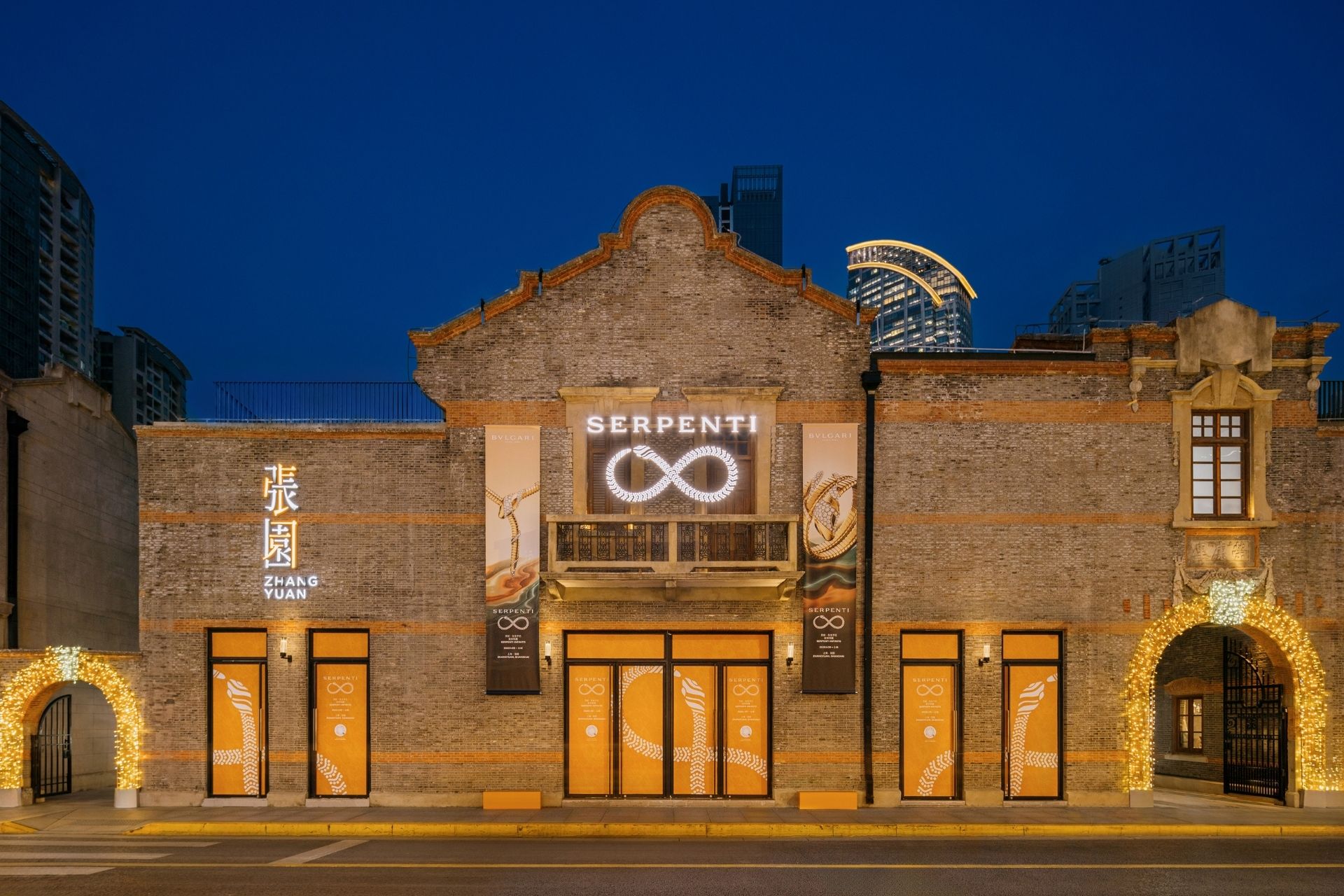At the 2015 Financial Times Business of Luxury Summit, the conversation was unashamedly digital

At the 2015 Financial Times Business of Luxury Summit, the conversation was unashamedly digital
Under the guise of ‘Technology, Legacy & The New Consumer’ panelists and speakers mused on the future of luxury products, services and experiences.
Some were more optimistic than others. Johann Rupert, Executive Chairman of Richemont, confirmed that artificial intelligence is keeping him awake at night, with its potential to create mass structured unemployment across the globe.
He is also increasingly concerned by the widening wealth gap, believing that further separation of the haves from the have-nots could cause the 1% to mute their luxury consumption as society becomes more and more volatile.
“ Johann Rupert is concerned about artificial intelligence creating mass structured unemployment ”
In almost all discussions, the conversation turned digital. The most immediate challenge brands are facing is how to integrate technology & digital skills into their organisations, which are often large, old or both.
They are also faced with the challenge of authoritatively engaging with consumers who can have more personalised and convenient digital experiences with brands such as Uber or Nike, despite the fact that they are not seen as ‘luxury’ brands.
McKinsey confirmed that more than 75% of luxury purchases are now directly or indirectly influenced by digital. 95% of luxury consumers are smartphone equipped and 80% are using social media at least once per month. McKinsey found this to be as true for Millennials as it is for Boomers.

Before purchasing luxury, on average consumers experience nine touchpoints, rising to thirteen touchpoints for Chinese consumers. Google confirmed yet again that the behemoth sees more searches performed on mobile than desktop, in more than 10 countries, including the United States & Japan.
What does all this mean? It means that luxury brands should be perfecting their distribution and fulfilment strategies and restructuring their organisation to remove silos. They should ensure that digital talent is installed in every department in the organisation, not alienated in an external team.
As the CEO of Appear Hear deadpanned, “we need to retire the word Omnichannel. Today, it’s just retail.”
“ We need to retire the word Omnichannel. Today, it’s just retail ”
What became clear throughout the course of the conference, is that the digital conversation has been so rooted in communications strategies and social media, and so rarely investigated from the perspective of distribution. Burberry’s millions of Facebook followers was seemingly much sexier media fodder than understanding the technology behind Yoox.
When luxury brands first ‘went digital’ they far too often copy and pasted their print materials onto the world wide web, to little success. The same thing is happening with distribution. eCommerce is being tacked on to the company’s operations, largely with a ‘brick and mortar’ mentality. There is a need for brands to think eCommerce native.
Another issue is fulfilment, something that Lyst has been widely credited with perfecting, delivering a personalised shopping experience with a universal cart, all the while holding no physical stock.

As yet, the industry has been so focused on broadcasting products far and wide without thinking how where these products are available and how they consumers can be pushed to purchase. This is precisely the inverse value proposition to Net-a-Porter’s shoppable editorial, which debuted 15 years ago.
Instagram is a great example. Brands have flocked to the platform garnering audiences in the millions, pushing specific products without any clear path to purchase. And let’s face it, ‘Link in bio’ isn’t the most sexy accompaniment to a beautiful image of a luxury product, or a campaign that has cost millions.
This was the discussion that was largely missing from the conference. McKinsey decreed that ‘brands must be everywhere’, but no one offered any solutions as to how to manage inventory in this globalised multichannel economy.
“ High-value inventory spread thin globally, promoted on a myriad of channels ”
As Martin Bartle of Agent Provocateur mused, “we have high-value inventory spread thin globally, promoted on a myriad of channels. The wrong product in the wrong place can be very costly.”
If we think of one season of SKU’s for a luxury brand of scale, considering also the complex and far-reaching public relations and editorial that brands will generate, combined with third-party retailers selling the same product, where does this leave luxury brands in terms of managing stock?
The consensus was that luxury has a very considered consumer, but also a consumer looking for instant gratification. When they decide that they want to purchase something, it needs to be available on whatever channel they wish to purchase, or the customer will be lost.

Alexander McQueen are managing this by ensuring that certain products are exclusive to certain channels or stores. The products available in department stores will be different to those on the digital flagship or the brand-owned stores.
On the same panel, Jose Neves, CEO & founder of Farfetch, lamented the industry association between technology and gimmicks. Instead he believes that it is time for technology to be the invisible force that significantly improves the quality of our brand education and purchasing experiences.
Jonathan Akeroyd of Alexander McQueen agreed. The brand had worked with Samsung to integrate innovative digital technology into one of their retail stores, which proved a success with press and a flop with customers. Eventually sales staff asked that the RFID enabled screens be replaced with merchandise that ‘they could sell’.

To this point, interior designer Ilse Crawford made the point that “digital does not absolve brands from human contact.” Arguing that, no matter what the advances in technology, brands will still need intuitive humans who can interpret implied customer needs. Much like with print vs. digital, online vs. brick-and-mortar, the successful combination will be a melange.
The near-two days of discussions inspired far more questions than solutions, but there was one call to action that the audience could not ignore. Though radically presented, the message Richemont Executive Chairman Johann Rupert was powerful in its simplicity; it’s time to look ahead.
Luxury – despite itself – has continued to grow in past decades at an alarming pace. Growth has defied global economic instability, recessions, outbreaks of disease and war. Growth has continued despite minimal innovation in business structure or product offerings. The industry is great at improving products, less versed in creating new opportunities.

In the greater world, new business models are revolutionising consumer behaviour and creating industries that never before existed. We’ve all heard the adage; Uber, the world’s largest taxi company, owns no vehicles. Facebook, the world’s most popular media owner, creates no content. Alibaba, the most valuable retailer, has no inventory. And Airbnb, the world’s largest accommodation provider, owns no real estate.
Yet luxury brands, for the most part, continue to hawk the same products they have sold for centuries, under distribution models that have barely evolved since the turn of the century. They resist technology, avoid taking risks and prioritise shareholder value over new value propositions for their customers.
I’m not in any way suggesting that it is time to abandon historical luxury, but it is not ridiculous to consider – as Rupert suggested – the impact of artificial intelligence on the manufacturing workforces of the world, and how this could likely impact global unemployment. Or how the ever-widening wealth gap might impact luxury consumption in the future.
The future of luxury looks complicated; politically, ethically, socially and economically. And as growth slows, perhaps the time is right for leaders to shape the future of the industry, before Rupert’s robots shape it for us.
To further investigate innovation on Luxury Society, we invite your to explore the related materials as follows:
– 7 Digital Innovations for Luxury Brands
– 5 Lessons For Luxury Strategists
– Power, Prowess And Potential: The 2015 Global Powers of Luxury Goods








